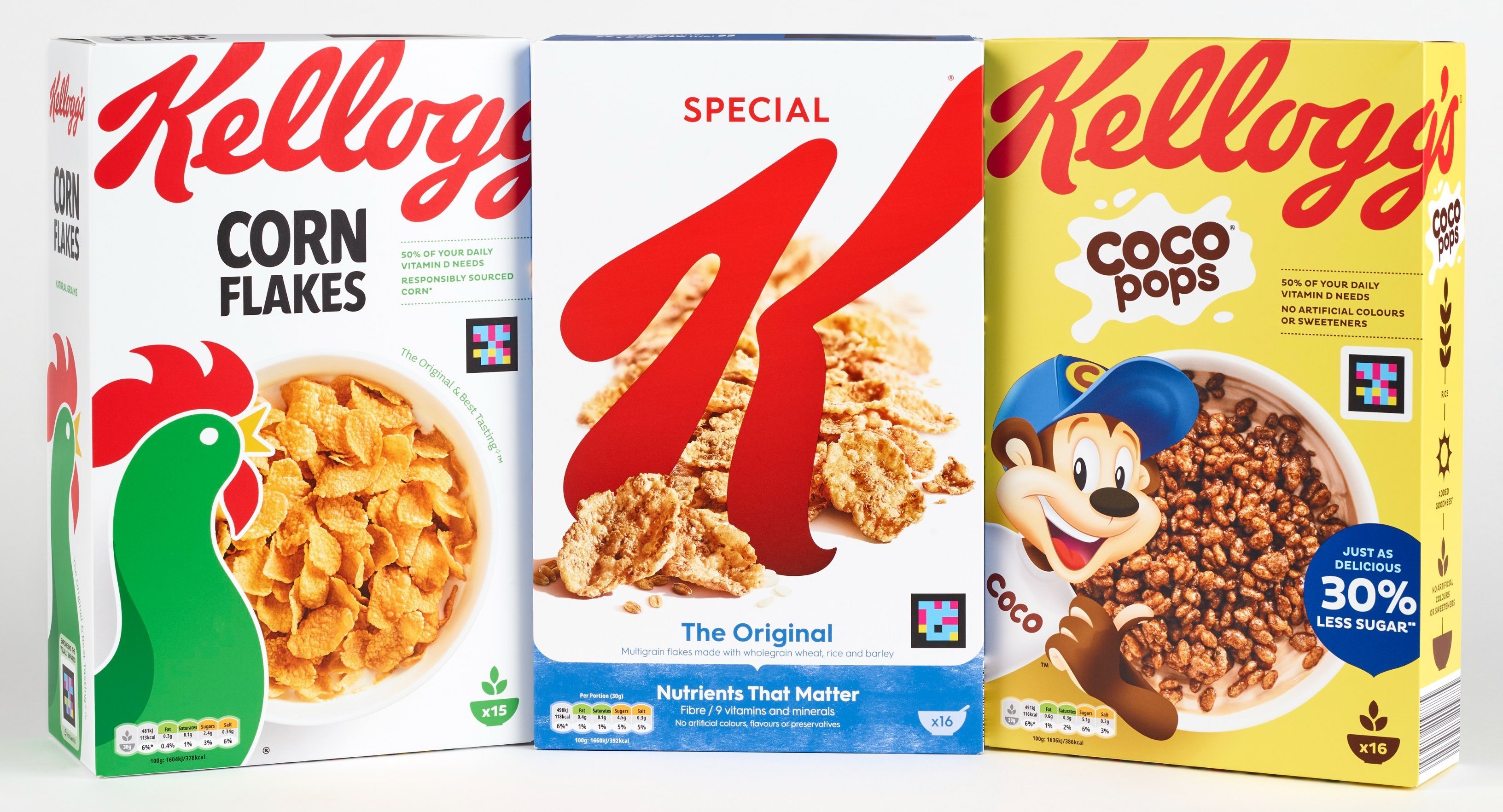The thought of navigating a supermarket without being able to visually scan aisles and read information on jars and boxes is overwhelming. It's also life as usual for blind people and those with severe vision loss.
Which is why Kellogg's is adding NaviLens codes to all of its cereal boxes sold in Europe. A combination of a simplified QR code and an app, NaviLens allows people to use a smartphone to scan their environment and access relevant information. Unlike regular QR codes, small NaviLens codes can be picked up from a distance of up to 3 meters, and users don't need to know where a code is to be able to detect it.
In the context of a supermarket, this means a consumer can move their phone around along an aisle to find a specific product on a shelf. For any item with a code, they can use the app to have information on ingredients and allergy warnings read out loud.

In addition to being used by brands and organizations, individuals can also easily create and print their own NaviLens codes, allowing them to label jars of food at home, for example.
Kellogg's trialed NaviLens — created by a Spanish company based in Murcia — at 60 Co-op supermarkets in the UK in October of last year, and will start rolling out across Europe in early 2022.




